The Internal Revenue Service (IRS) has announced a one-time $1,530 payment that millions of Americans may qualify for in 2025. Unlike the pandemic-era stimulus checks, this payment comes from an expanded Earned Income Tax Credit (EITC), a long-standing tax credit designed to support low-income workers.
This guide explains eligibility requirements, how to claim the payment, and key deadlines to ensure you don’t miss out on this financial assistance.
What Is the $1,530 Payment?
The $1,530 payment represents the maximum EITC available for eligible workers without children in the 2025 tax year. While often mistakenly referred to as a “stimulus payment,” it is not an automatic payment—taxpayers must file a tax return to claim it.
The expansion of this tax credit first began under the American Rescue Plan Act of 2021, which increased the EITC for childless workers from $540 to $1,502. For 2025, the amount has risen to $1,530, marking one of the most significant expansions of the EITC in recent years.
Rebecca Martinez, a tax policy analyst at the Urban-Brookings Tax Policy Center, explains:
“Before this expansion, workers without qualifying children received minimal EITC benefits, despite facing the same financial struggles as other low-income taxpayers. This change helps address that gap.”
Who Qualifies for the $1,530 Payment?
To qualify for the maximum $1,530 EITC, you must meet the following eligibility criteria:
1. Income Requirements
| Filing Status | Maximum Income for Any EITC | Income Range for Maximum $1,530 Credit |
|---|---|---|
| Single (No Children) | Up to $17,640 | $7,840 – $11,610 |
| Married Filing Jointly (No Children) | Up to $24,210 | $7,840 – $17,550 |
- If you earn above these income limits, you will not qualify for the EITC.
- The highest credit amount is given to those earning within the specified income range.
2. Age Requirements
- Must be at least 19 years old (or 18 for homeless or former foster youth).
- The previous upper age limit (64 years old) has been removed, so older workers can qualify.
3. Filing Status & Residency
- Must file as Single, Head of Household, Qualifying Widow(er), or Married Filing Jointly.
- Married Filing Separately is not eligible (with limited exceptions).
- Must be a U.S. citizen or resident alien for the entire 2025 tax year.
- Must have a valid Social Security number that allows employment.
4. Investment Income Limit
- Investment income must be below $11,000 for the 2025 tax year.
5. Workers With Children
- The $1,530 maximum applies only to workers without children.
- Workers with children may qualify for higher EITC amounts, up to $7,430 for three or more dependents.
How to Claim the $1,530 Payment
Unlike previous stimulus payments, the IRS will NOT send this payment automatically. You must file a tax return to receive it.
Steps to Claim Your EITC Payment:
File a 2025 Tax Return in Early 2026
- Even if you are not required to file, you must file to receive the credit.
Use IRS Free File or Tax Assistance Programs
- Programs like IRS Free File or Volunteer Income Tax Assistance (VITA) can help low-income filers.
Complete Schedule EIC (if applicable)
- This form is only required for those claiming children—childless workers do not need it.
Beware of Tax Scams
- Avoid paid preparers promising large refunds without checking your tax information.
Expect Delays in Your Refund
- The IRS is required by law to hold EITC-related refunds until mid-February for verification.
“Every year, billions in EITC benefits go unclaimed simply because eligible people don’t file tax returns,” says Michael Chen, CPA. “If your income is low, this credit can provide much-needed relief.”
Common Misconceptions & Mistakes
Many taxpayers miss out on the EITC due to misunderstandings. Here are some common mistakes:
Thinking It’s an Automatic Stimulus Payment
- This is not an automatic check—you must file a tax return to claim it.
Assuming You Don’t Qualify
- Many low-wage workers assume they earn too much or too little to qualify.
- The income limits are higher than expected, so check before assuming you’re ineligible.
Believing the EITC Is Only for Families
- The EITC now includes childless workers, with benefits higher than ever.
Not Filing Taxes Because of Low Income
- Even if you’re not required to file, you must file to get the EITC.
Not Knowing It’s Fully Refundable
- The EITC is refundable, meaning even if you owe $0 in taxes, you can still get the full credit.
Economic Impact & Future of the Expanded EITC
The Earned Income Tax Credit has long been recognized as one of the most effective anti-poverty tax policies.
Projected Impact:
- The expanded EITC is expected to benefit 17 million low-income workers.
- The average benefit across income levels is around $1,000.
- Many service workers, retail employees, and gig economy workers stand to gain the most.
Dr. James Wilson, an economist at the Economic Policy Institute, explains:
“The EITC expansion fills a vital hole in our safety net. While families have long received support, childless workers were often left behind. This change corrects that imbalance.”
Will the $1,530 EITC Be Available After 2025?
The current EITC expansion is set to expire after the 2025 tax year unless Congress extends it.
Potential Extensions:
- Lawmakers may extend the credit permanently or increase the amounts further.
- Proposals exist to increase income limits and allow more workers to qualify.
- The outcome will depend on budget priorities and economic conditions in 2025 and beyond.
Mark Your Calendar – File a 2025 tax return in early 2026 to claim the EITC.
Check Your Eligibility – Income, filing status, and residency requirements apply.
Use Free Tax Assistance – Programs like VITA and IRS Free File can help.
Watch for Scams – Avoid tax preparers who guarantee big refunds.
Be Aware of Refund Delays – The IRS will hold refunds until mid-February 2026 for verification.
This one-time $1,530 credit could provide crucial financial relief for millions of low-income workers—but only if they file their taxes. Stay informed and don’t miss out!
FAQs
1. When will the $1,530 payment be issued?
You must file a 2025 tax return in early 2026 to claim it.
2. Who qualifies for the payment?
Low-income workers without children, based on income limits and filing status.
3. Will this be a direct deposit or a check?
Refunds are sent based on IRS records—most will receive direct deposits, while others may get paper checks.


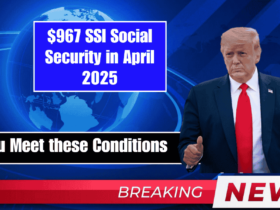

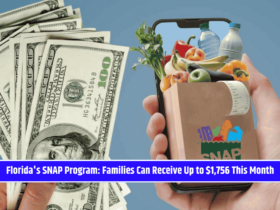
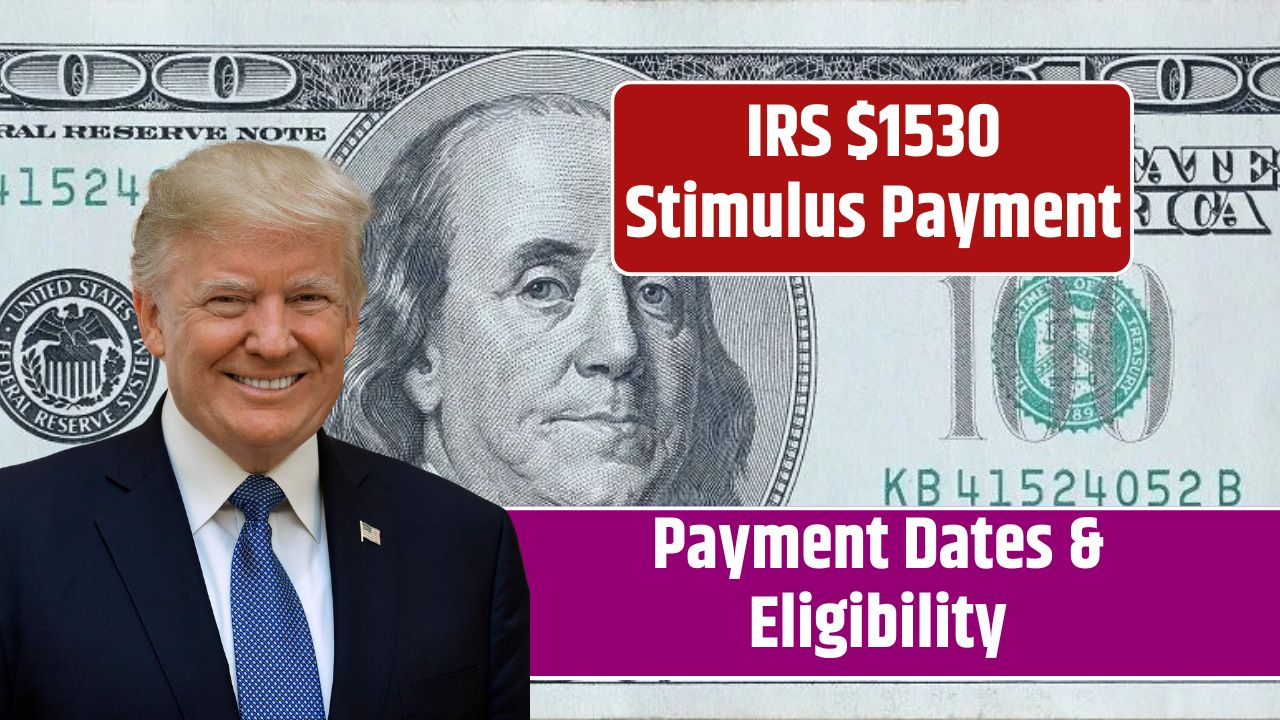


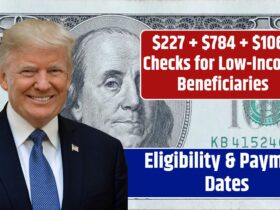
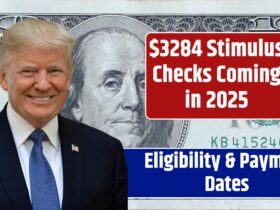

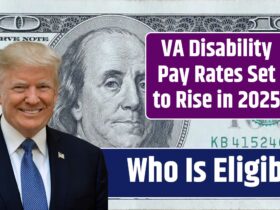
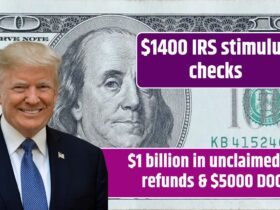
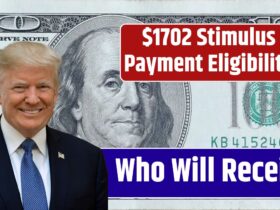


Leave a Reply